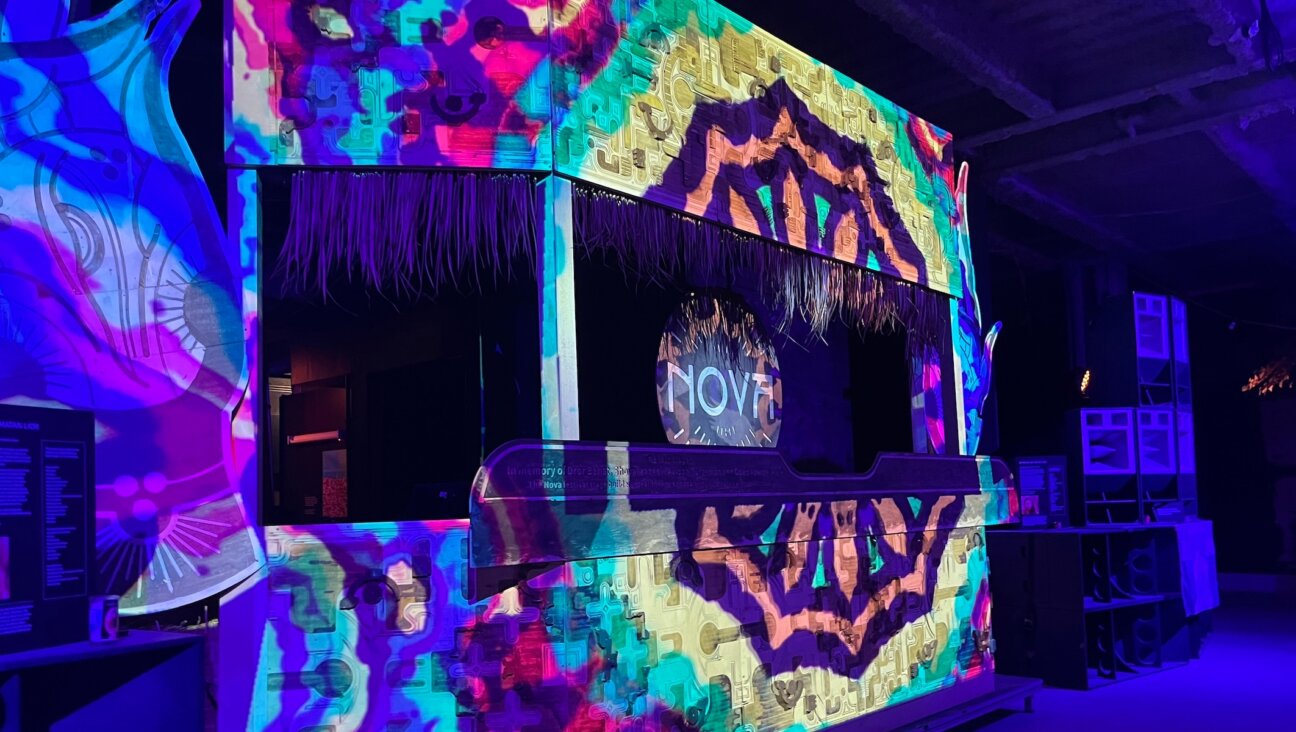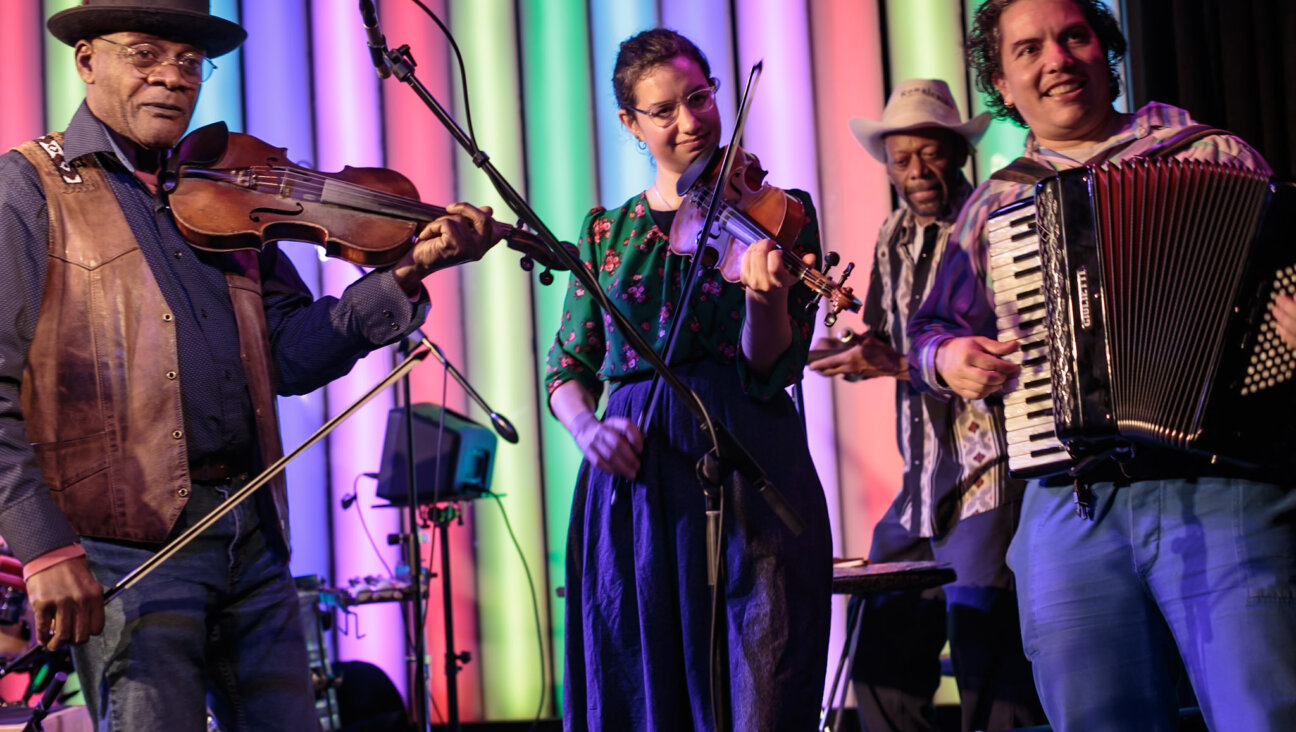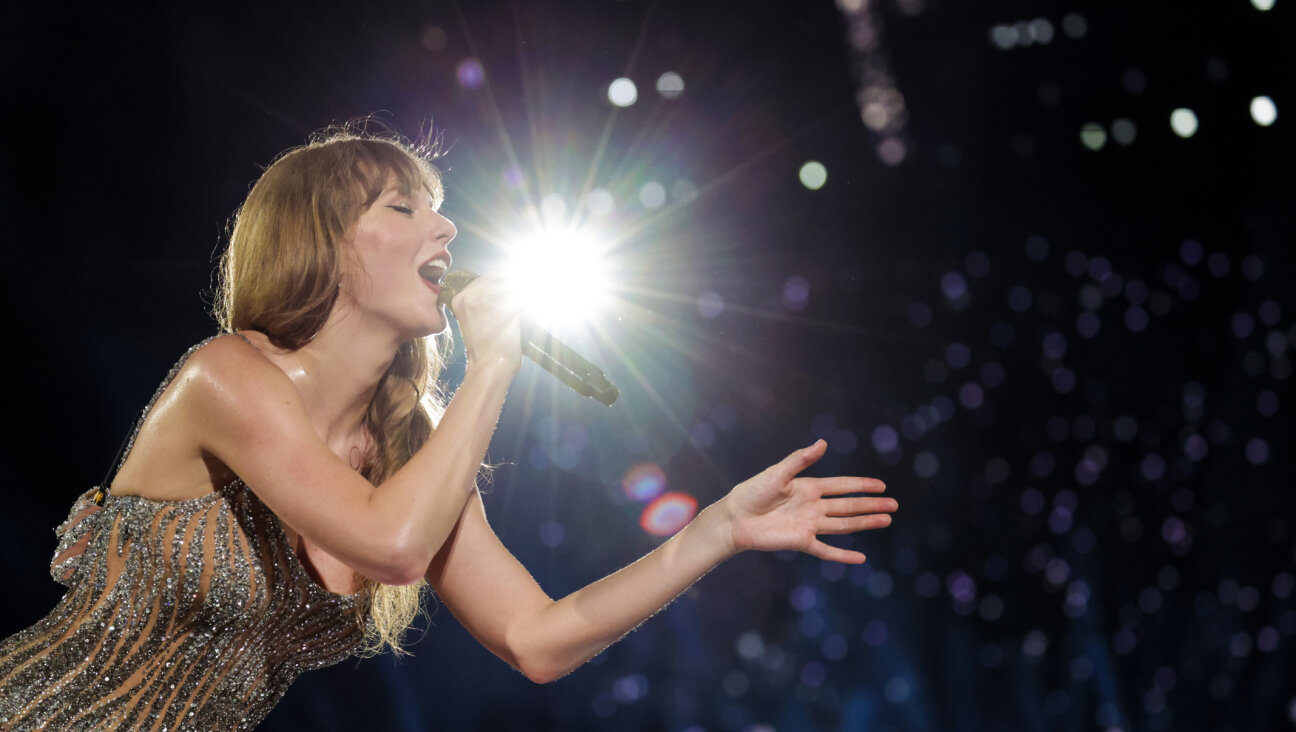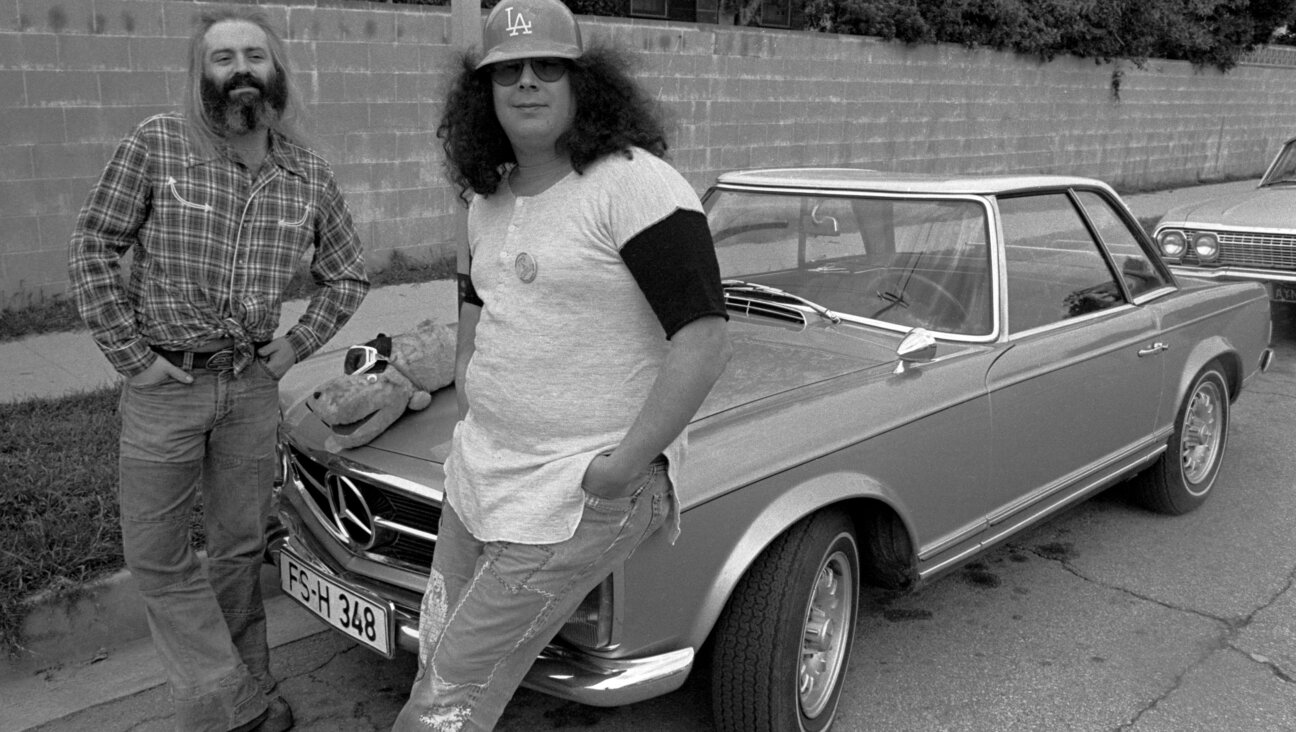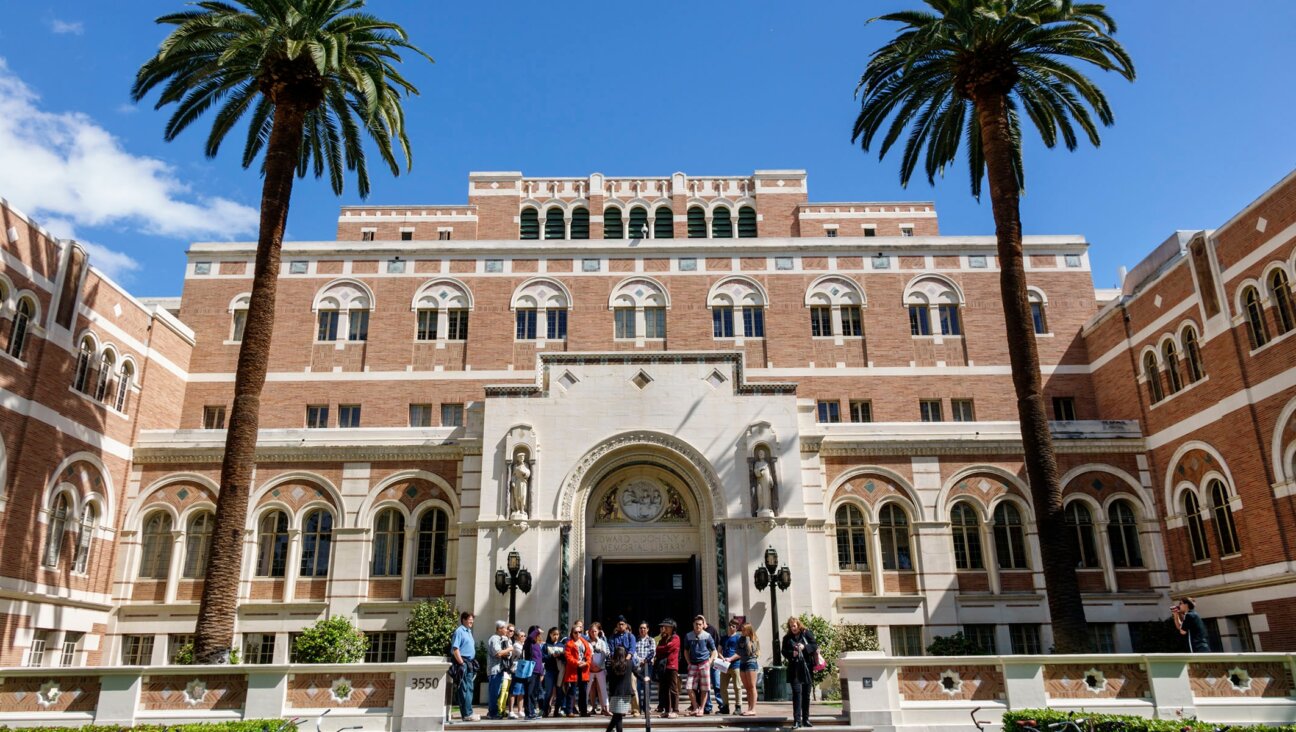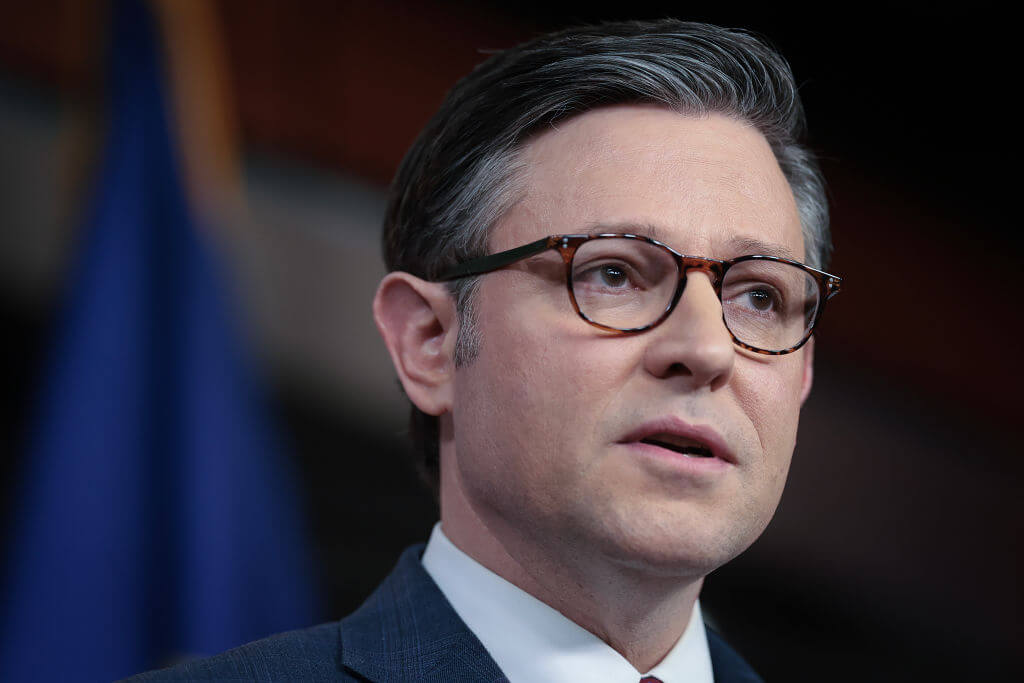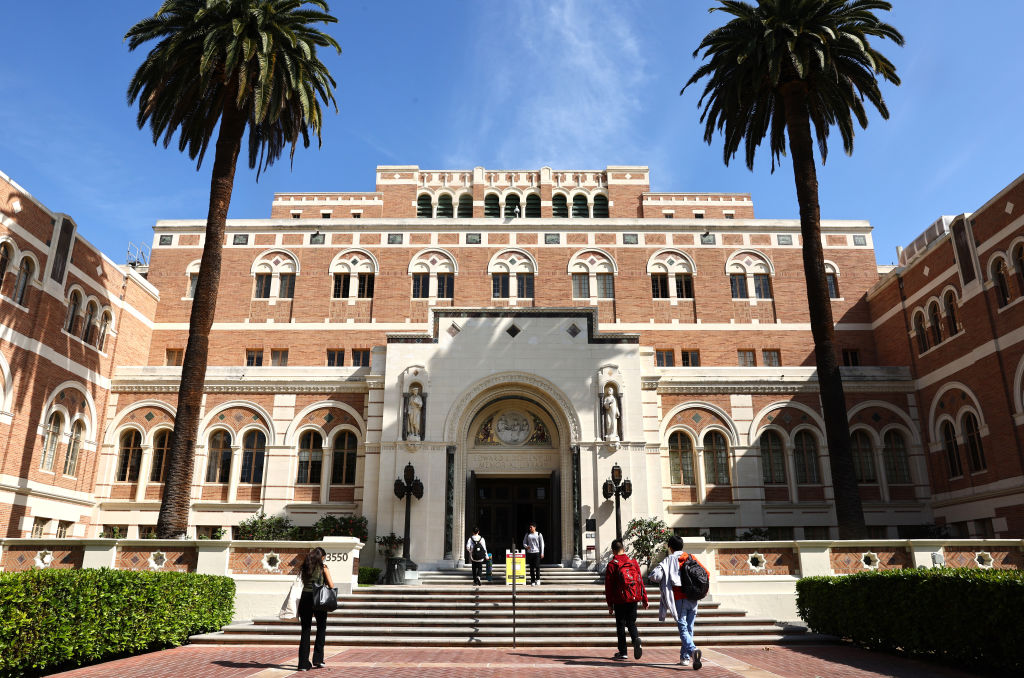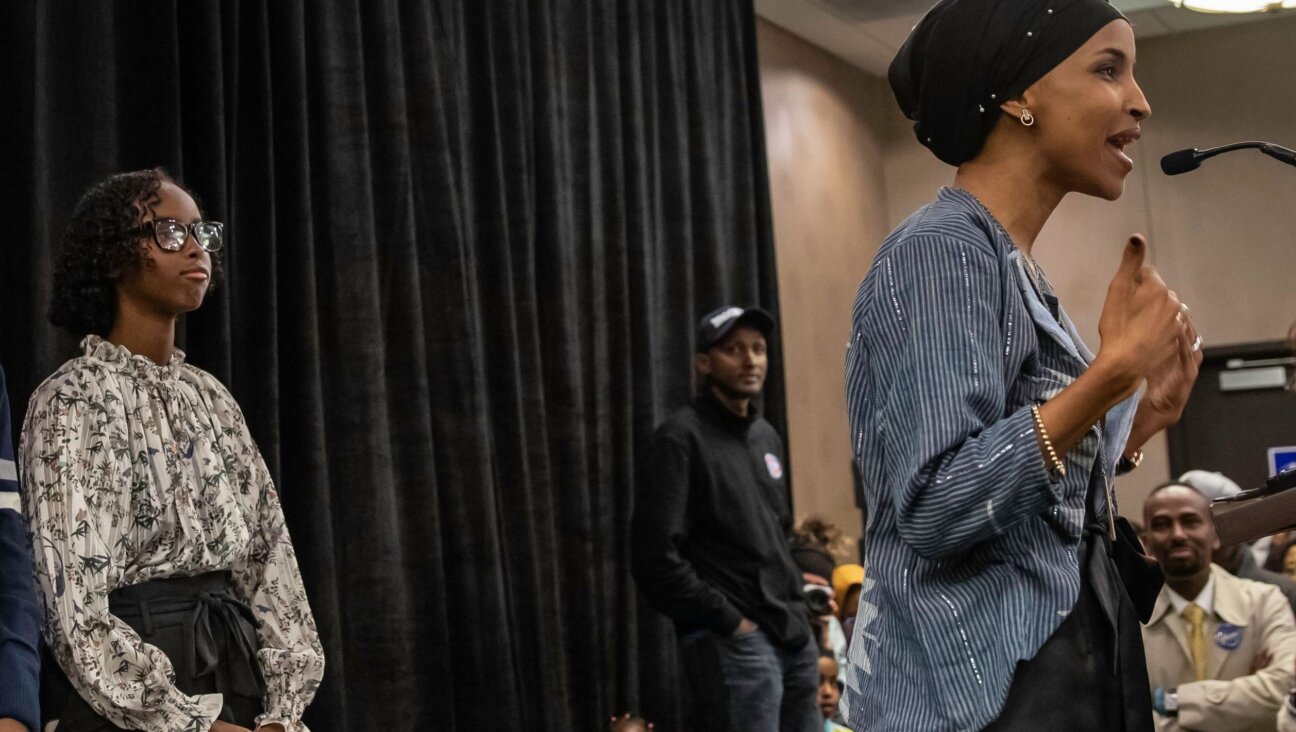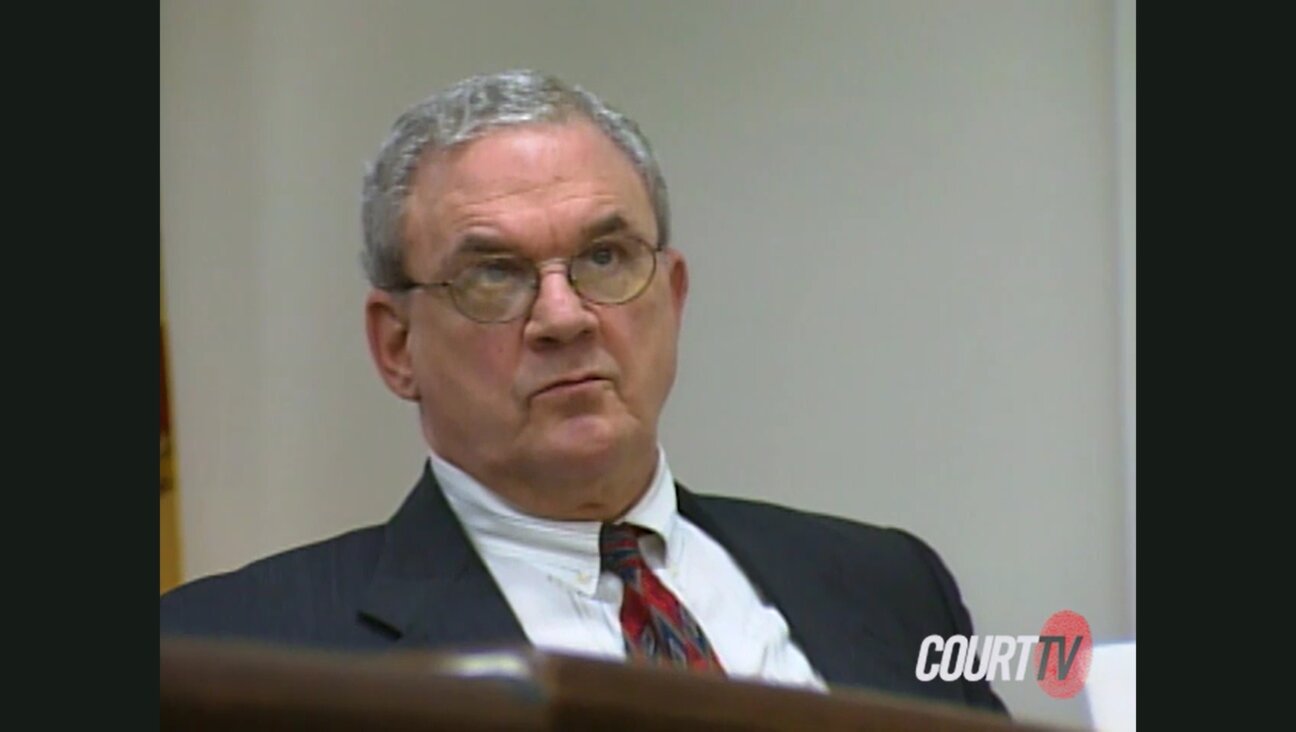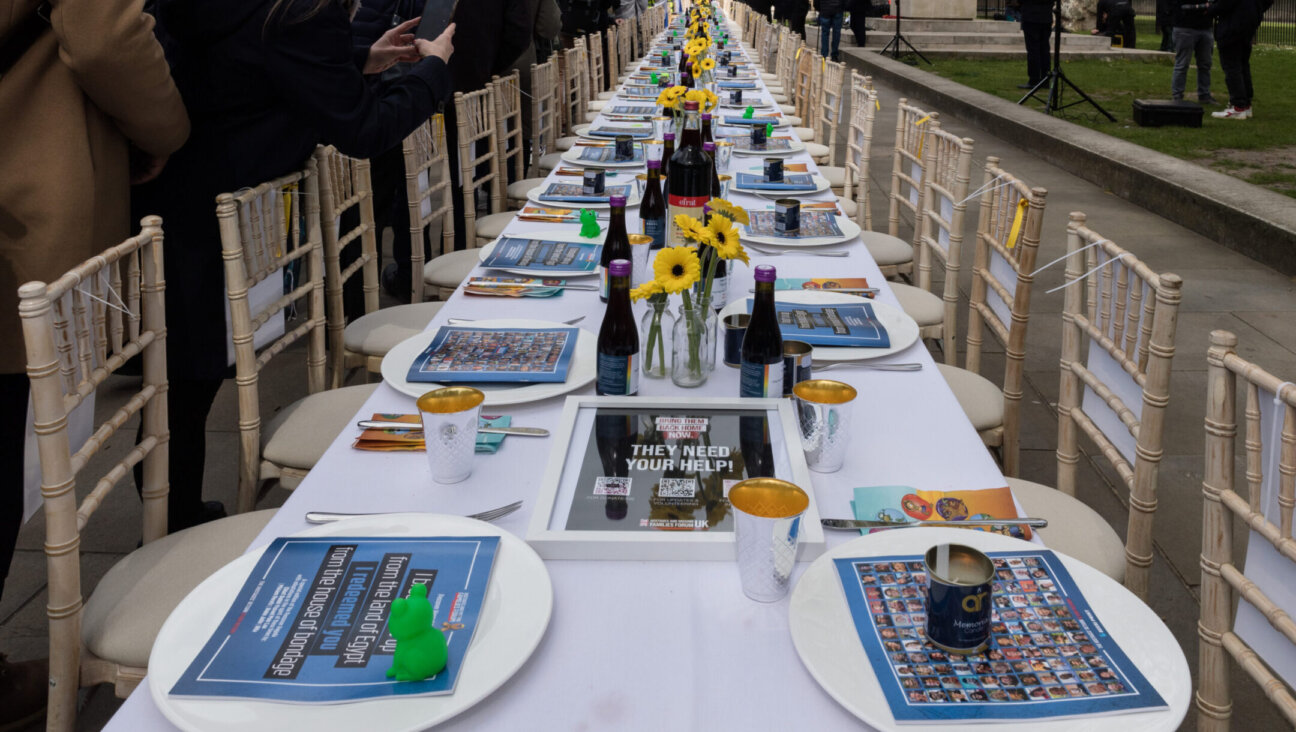In Trump’s America, It’s Hard To Be A Hyper-Realist

Carole Feuerman Beach Ball Image by Carole Feuerman
After four decades as a sculptor, Carole Feuerman is going into retail. Her new venture’s not as removed from her art as it sounds. One of the world’s most acclaimed hyperrealist sculptors, Feuerman struck a deal with New York City arts not-for-profit Chashama to produce her debut retail collection this spring. Proceeds from sales of items like silkscreened scarves ($100), magnets ($2), and small hydrastone sculpures ($2,000) all benefit Chashama and Feuerman’s own foundation; the “boutique” complements a sculpture exhibition in one of Chashama’s vacant-storefront galleries.
In May, Feuerman’s work will appear at one of the many exhibitions that surround this year’s Venice Biennale, where she’s had a presence for decades. For this year’s expo, Feuerman’s updating her iconic “Survival of Serena”, an enormous depiction of a bathing-capped swimmer clutching a lifebuoy with Swarovski crystals.
Feuerman’s work looks so lifelike that “people walk up and kiss them,” she laughs. Feuerman spoke to the Forward from her downtown Manhattan studio.
You’re known for massive, hyper-realistic sculptures that people compulsively touch. How did the retail collection come about?
Two years ago, I made beautiful scarves for a show at my gallery in Florence. I never sold them; we just gave them away. When you get to a certain level as an artist, it’s not looked upon well to sell things from your web site. But the Chashama opportunity came up, and it seemed perfect. So many people want to collect my work, but can’t afford it.
You’ve reached a level in your career where you’re mentioned alongside artists like Duane Hansen and John DeAndrea. After four decades, do you get the recognition you deserve?
I have a lot of recognition. I’ve got a huge amount of followers in social media. But I don’t make the same money as artists who do hyperrealism who are men. Just getting a gallery was always easier for men. Being a woman – we weren’t treated fairly in the art world.
It’s a stereotype that some Jewish parents are less than thrilled when their kids choose to become artists. Was that your experience?
My parents were very against my career. They didn’t want to hear about it; they said I had to pay for it myself. But my grandparents, who were Orthodox and spoke Yiddish, had no problem with it. In fact, my grandfather gave me the money to buy my first art studio – an old auto-body shop in Mineola, Long Island. I think my father would be proud of me today. But I don’t think he’d say anything because he wouldn’t want to upset my mother, who thought young Jewish women should marry rich men and become housewives.
We’re speaking as President Trump is proposing massive cuts to arts funding. You’ve been vocal against the administration; as an artist, how are you responding?
I just got asked to head Making Art Great Again, a campaign by museum people, foundation directors, real-estate professionals, and some prominent people who are passionate about art. I’m calling around to get signatures on a petition about the need to continue funding. I think Trump’s very disturbed. We spend more on security for him and his wife than on the arts.

I hope you appreciated this article. Before you go, I’d like to ask you to please support the Forward’s award-winning journalism this Passover.
In this age of misinformation, our work is needed like never before. We report on the news that matters most to American Jews, driven by truth, not ideology.
At a time when newsrooms are closing or cutting back, the Forward has removed its paywall. That means for the first time in our 126-year history, Forward journalism is free to everyone, everywhere. With an ongoing war, rising antisemitism, and a flood of disinformation that may affect the upcoming election, we believe that free and open access to Jewish journalism is imperative.
Readers like you make it all possible. Right now, we’re in the middle of our Passover Pledge Drive and we still need 300 people to step up and make a gift to sustain our trustworthy, independent journalism.
Make a gift of any size and become a Forward member today. You’ll support our mission to tell the American Jewish story fully and fairly.
— Rachel Fishman Feddersen, Publisher and CEO
Join our mission to tell the Jewish story fully and fairly.
Only 300 more gifts needed by April 30







